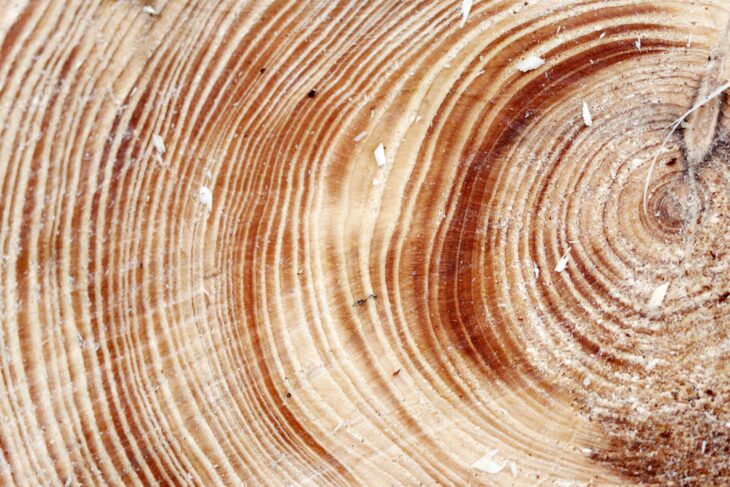Over the past few decades, scientists have shown the atmosphere is losing moisture, causing soils to dry out, plants to undergo water stress, vegetation to die, and forests to catch fire. Scientists have attributed recent wildfires and other extreme drought-related events worldwide to this phenomenon, termed atmospheric drying. Still, they don’t know what factors have caused the air to dry out. Scientists want to understand what causes atmospheric drying so they can reduce uncertainties in future models of global climate.
Scientists calculate atmospheric drying as the difference between how much water the air can hold and how much water it does hold. They refer to this difference as the vapor pressure deficit or VPD. Soils in areas with high VPD can lose their water and heat the Earth’s surface. Scientists have therefore suggested high VPD could cause severe drought.
An international team of scientists investigated VPD patterns across Europe to test whether increased VPD levels are natural or due to global warming. The researchers explored the following questions: How do the current VPD levels across Europe compare to VPD levels before industrialization? And, are changes in VPD levels caused by industrial influence or natural background variability?
To estimate how water impacted Europe’s climate in the past 400 years, the researchers compiled data on different forms of oxygen atoms, called oxygen isotopes, in tree rings. They explained the ratio of different oxygen isotopes in tree rings tracks variations in VPD-influenced parameters like rainfall and soil water.
Previous researchers used a machine that counts oxygen isotopes, called a mass spectrometer, to measure oxygen isotope ratios in specific tree ring samples. They connected the oxygen isotope ratios in each tree ring with the age of the tree ring to determine how the tree’s oxygen isotopes have changed over time. Each ring in a tree trunk represents 1 year in a tree’s life, with the oldest rings being found at the center of a tree trunk, and the youngest rings at the edge of the trunk nearest the tree bark. By counting these rings, researchers can determine how old the tree is.
This team of scientists compiled tree-ring data from a European database of oxygen isotope measurements in tree rings spanning 45 sites across Europe, from the Scandinavian, Swedish, Norwegian, and Finnish Peninsulas to the Mediterranean region, including Portugal, Spain, France, Italy, Greece, and Turkey. They explained the data were from 7 different types of trees, mostly oaks and pines, that grew in different climates. Using this tree-ring oxygen isotope data, the team reconstructed pre-industrial VPD records for 4 different groups of countries based on their geographic regions.
The scientists compared their VPD reconstructions with tree-ring records of historical data on oxygen isotope ratios and previously published Earth system model simulations. These simulations replicated summer VPD based on available temperature and humidity data over time. They explained natural background variability, natural disasters, and industrial influences controlled what summer VPD values the simulations calculated.
The researchers found that VPD levels increased to variable extents across all 4 European regions they studied. They found the strongest atmospheric drying occurred in Europe’s southern, mountainous regions. They found the least atmospheric drying near the Finnish Peninsula, and the temperate lowlands of western and eastern Central Europe were somewhere in between. When they compared their VPD trends with models that show summer VPD with and without industrial influence, they found current European atmospheric drying, particularly in the summer, is unprecedented compared to 400 years prior.
The researchers suggested recent atmospheric drying in Europe has affected regional climate and vegetation. For instance, in continental and Mediterranean areas, atmospheric drying has slowed the exchange of water between plants and air. When plants release less water, this further enhances atmospheric drying and slows plant growth, which can exacerbate the problem. They explained recent researchers reported that vegetation is becoming more sensitive to VPD. As a result, scientists are seeing less tree growth, increased tree death, forest decline, and reduced food supply.
The researchers concluded recent atmospheric drying in Europe is a consequence of modern global warming. When viewed within the context of recent wildfires and cases of extreme drought across Europe, continued atmospheric drying is a risk to human health and the environment, especially in the densely populated areas of the European temperate lowlands. They suggested the effects of atmospheric drying are likely to be widespread, requiring further research to reduce future negative impacts.


